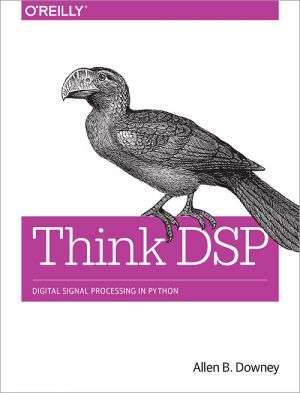
If you understand basic mathematics and know how to program with Python, you're ready to dive into signal processing. While most resources start with theory to teach this complex subject, this practical book introduces techniques by showing you how they're applied in the real world. In the first chapter alone, you'll be able to decom...
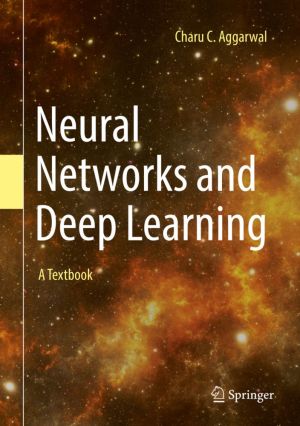
This book covers both classical and modern models in deep learning. The chapters of this book span three categories:
The basics of neural networks: Many traditional machine learning models can be understood as special cases of neural networks. An emphasis is placed in the first two chapters on understanding the relationship between traditional mac...
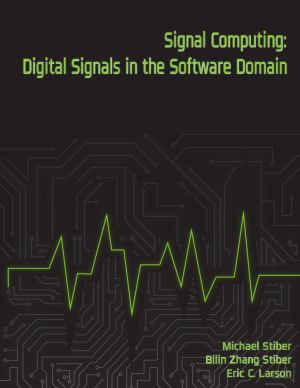
In this book, you will learn how digital signals are captured, represented, processed, communicated, and stored in computers. The specific topics we will cover include: physical properties of the source information (such as sound or images), devices for information capture (microphones, cameras), digitization, compression, digital signal representa...
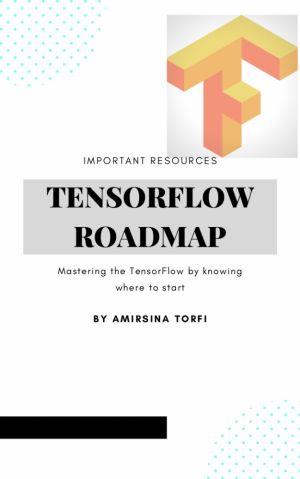
A deep learning is of great interest these days, the crucial necessity for rapid and optimized implementation of the algorithms and designing architectures is the software environment. TensorFlow is designed to facilitate this goal. The strong advantage of TensorFlow is it flexibility is designing highly modular model which also can be a disadvanta...

This book presents a consistent development of the Kohn-Nirenberg type global quantization theory in the setting of graded nilpotent Lie groups in terms of their representations. It contains a detailed exposition of related background topics on homogeneous Lie groups, nilpotent Lie groups, and the analysis of Rockland operators on graded Lie groups...
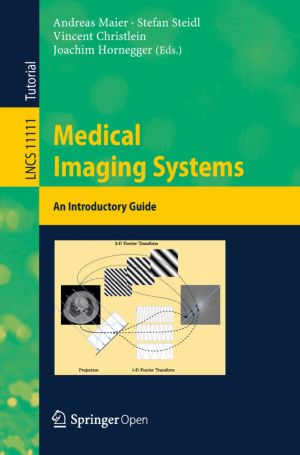
This book gives a complete and comprehensive introduction to the fields of medical imaging systems, as designed for a broad range of applications. The authors of the book first explain the foundations of system theory and image processing, before highlighting several modalities in a dedicated chapter. The initial focus is on modalities that are clo...
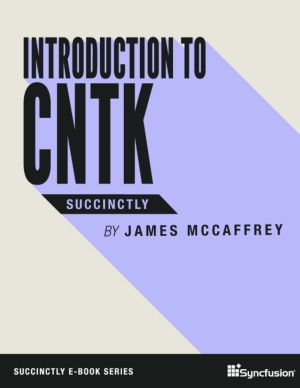
Microsoft CNTK (Cognitive Toolkit, formerly Computational Network Toolkit), an open source code framework, enables you to create feed-forward neural network time series prediction systems, convolutional neural network image classifiers, and other deep learning systems. In Introduction to CNTK Succinctly, author James McCaffrey offers instruction on...
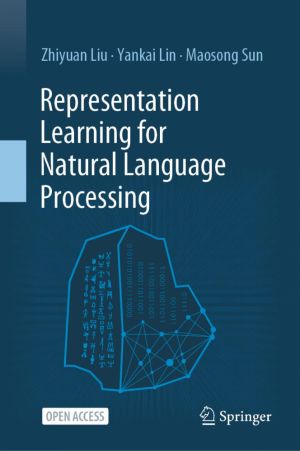
This open book provides an overview of the recent advances in representation learning theory, algorithms and applications for natural language processing (NLP). It is divided into three parts. Part I presents the representation learning techniques for multiple language entries, including words, phrases, sentences and documents. Part II then introdu...
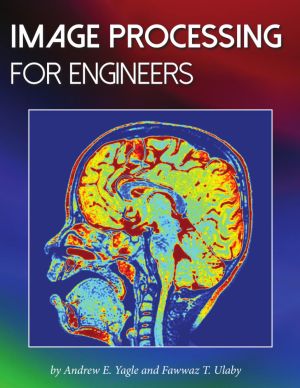
This is an image processing textbook with a difference. Instead of just a picture gallery of before-and-after images, we provide (on the accompanying website) MATLAB programs (.m files) and images (.mat files) for each of the examples. These allow the reader to experiment with various parameters, such as noise strength, and see their effect on the ...
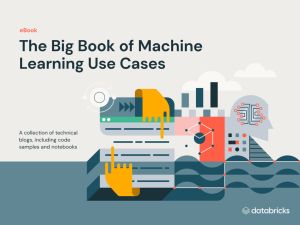
The world of machine learning is evolving so quickly that it's challenging to find real-life use cases that are relevant to your day-to-day work.
That's why we've created this comprehensive guide you can start using right away. Get everything you need - use cases, code samples and notebooks - so you can start putting the Databrick...
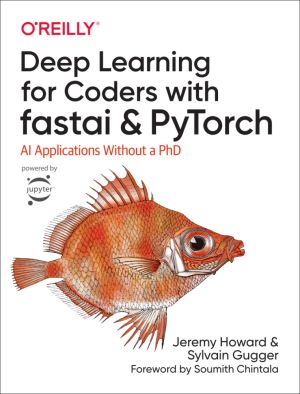
Deep learning is often viewed as the exclusive domain of math PhDs and big tech companies. But as this hands-on guide demonstrates, programmers comfortable with Python can achieve impressive results in deep learning with little math background, small amounts of data, and minimal code. How? With fastai, the first library to provide a consistent inte...
